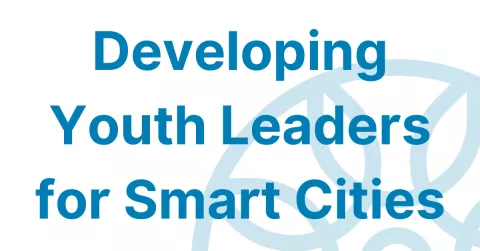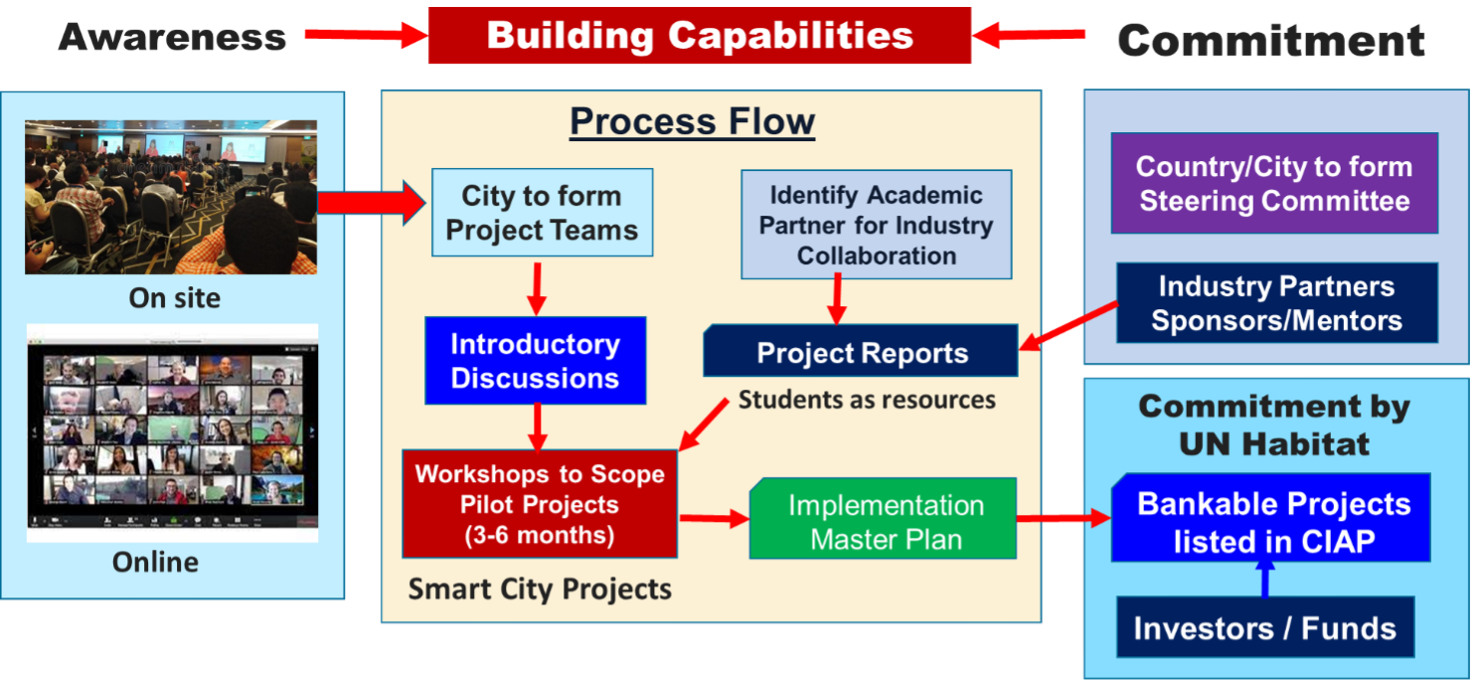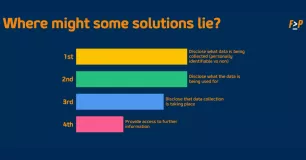
The Singapore government listed the Punggol Digital District (PDD) as the first “Smart Business District” in Singapore in the submission of their Smart City Action Plan (SCAP) in the ASEAN Smart Cities Network (ASCN). My first article for this Thought Leadership series provided lessons from PDD, where industry-academia partnership is one of the key objectives. My second article introduces the ABC approach to develop Smart cities.
Although the concept of smart cities (or “digital cities”) was introduced more than ten years ago, I have been invited by a few countries in South East Asia to share what a smart city is and how to build capabilities for their projects. My recommendation to all of them is to develop future leaders of the country via the industry-academia partnerships.
Hence, this article explains how the same ABC approach can be applied in the development of youth leaders for smart cities.
The diagram below illustrates the “ABC” approach and process flow for the industry-academia partnership.

Figure 1: The ABC Approach to develop youth leaders for Smart City projects
1) A – Awareness
The entire approach starts with “A” – which stands for “Awareness” – about the city problems, who we can approach for solutions and services, how it can be funded and the partners whom we can collaborate. It is also important to invite a progressive academic institution to be part of smart city development.
2) B – Building Capabilities and Capacities
The development of a Smart City curriculum would take time, and it would be wise for the academic institution to invite industry leaders to co-develop the contents, and support the teaching of the new smart city course as industry sponsor or mentors.
It is important that students are given the opportunity to work on actual industry projects, where their project reports would be the foundation of new ideas, enabled by “smart technologies”. Once the city leadership forms a Smart City Task Force, students can be recruited as resources for their projects.
The outcome would be the Implementation master plan of various smart city projects, which should include the scope, budget estimates, timeframe and resource requirements.
3) C – Commitment
A critical success factor for such industry-academia partnership is the ability to attract industry partners willing to be partners – whether as sponsors for those student projects and/or as mentors.
Smart City projects which are considered “bankable” can be listed in the Cities Investment Advisory Platform (CIAP) by UN Habitat. This means it has a viable business model in a public-private-people partnership.
4) How to Start the Industry-Academia Partnership?
For cities with leaders who are determined to develop the industry-academia partnership for smart and sustainable cities, I would recommend the following steps:
a) Approach an Academic Institution keen to embark on Smart City Courses
b) Discuss participation of their staff, together with domain experts on Smart City
c) Launch the first course on basic concepts or fundamentals of Smart Cities.
d) Invite Industry partners (with solutions for smart cities) to be mentors for the students in their projects.



